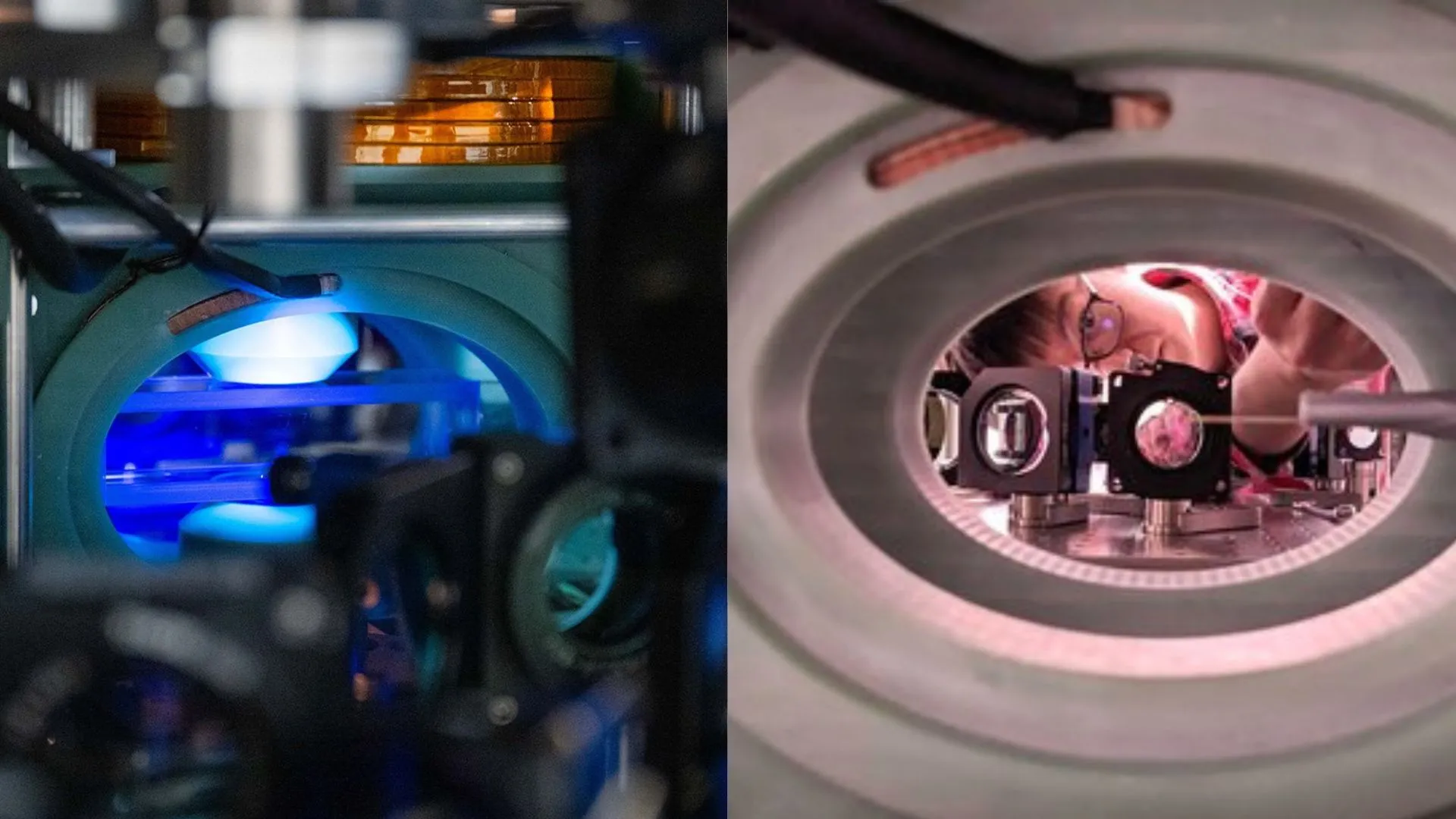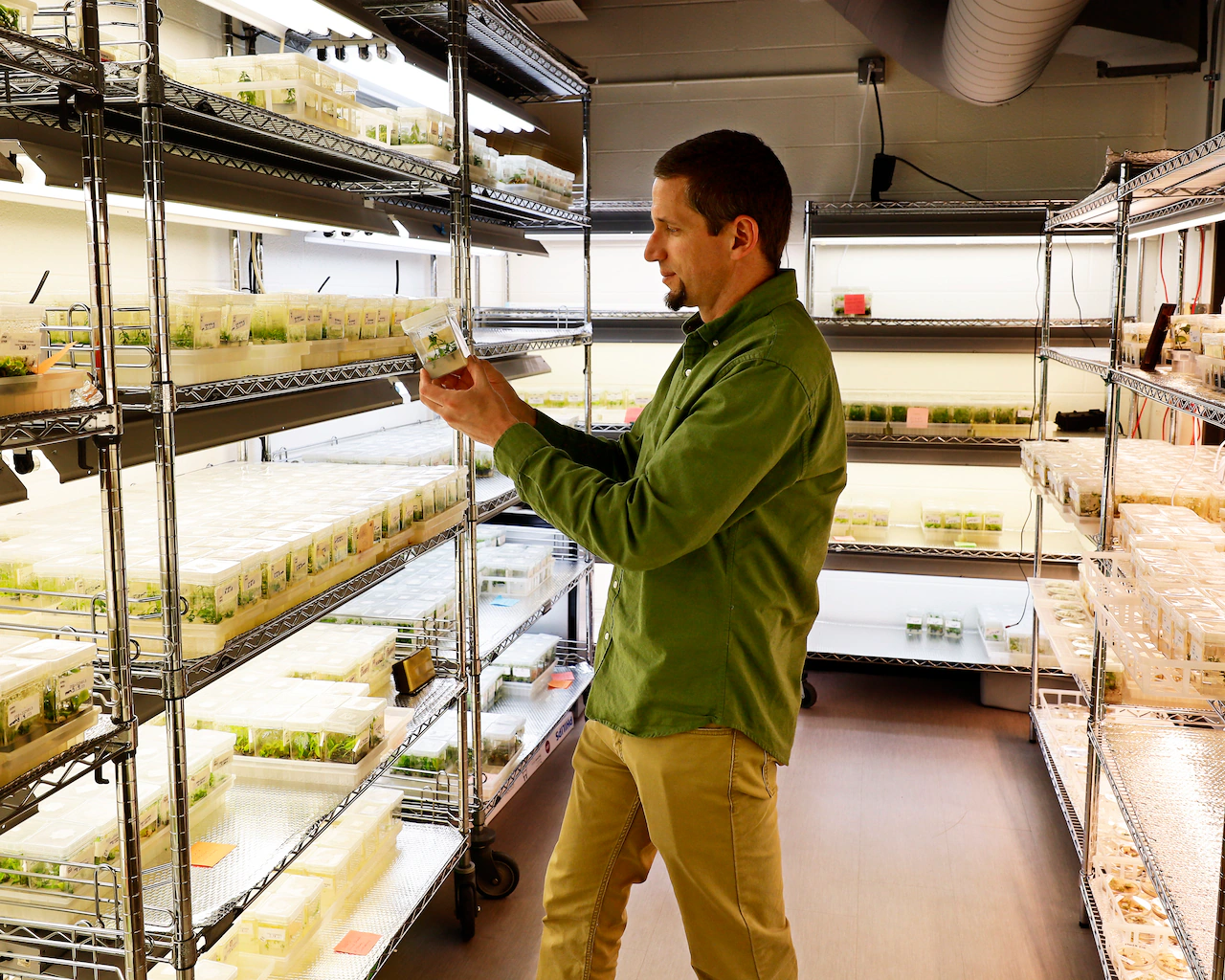
Quantum computers need vast numbers of qubits to solve the hardest problems in science and technology. Unlike classical bits, qubits can exist in two states at once, a property called superposition.
This allows powerful new kinds of computation but also makes qubits fragile. To keep errors in check, future machines will require hundreds of thousands of qubits.
Physicists at Caltech have now taken a major step in that direction. They created the largest qubit array ever assembled, 6,100 neutral-atom qubits, held in place by lasers. Until now, similar arrays held only hundreds of qubits.
Scaling up neutral-atom qubits
The Caltech team used optical tweezers, or tightly focused laser beams, to trap cesium atoms in a vacuum chamber.
By splitting one laser into 12,000 tweezers, they arranged 6,100 atoms in a grid.
“On the screen, we can actually see each qubit as a pinpoint of light,” said graduate student Hannah Manetsch. “It’s a striking image of quantum hardware at a large scale.”
A key advance was maintaining quality while adding scale. The qubits stayed in superposition for about 13 seconds, nearly 10 times longer than earlier attempts with similar systems.
The team also manipulated individual qubits with 99.98 percent accuracy.
“Large scale, with more atoms, is often thought to come at the expense of accuracy,” said graduate student Gyohei Nomura. “But our results show that we can do both. Qubits aren’t useful without quality. Now we have quantity and quality.”
Toward error correction and entanglement
The researchers also showed they could move atoms hundreds of micrometers across the array while preserving superposition.
Neutral-atom qubits have this advantage over hard-wired systems like superconducting circuits.
Moving qubits more freely will help future machines correct errors efficiently.
Manetsch described the challenge. “Trying to hold an atom while moving is like trying to not let the glass of water tip over. Trying to also keep the atom in a state of superposition is like being careful to not run so fast that water splashes over.”
The next frontier is large-scale error correction, which requires thousands of physical qubits.
Graduate student Elie Bataille said, “Quantum computers will have to encode information in a way that’s tolerant to errors, so we can actually do calculations of value.”
He added that unlike in classical computers, qubits cannot simply be copied. Error correction instead depends on subtler methods.
The group now aims to entangle the qubits. Entanglement links particles so that they act as one system.
This is what enables full-scale quantum computation. It is also central to simulating natural phenomena, from exotic phases of matter to the quantum fields shaping space-time.
“This is an exciting moment for neutral-atom quantum computing,” said professor Manuel Endres, the project’s lead investigator. “We can now see a pathway to large error-corrected quantum computers. The building blocks are in place.”
As Manetsch noted, the promise goes beyond building machines. “It’s exciting that we are creating machines to help us learn about the universe in ways that only quantum mechanics can teach us.”
The study is published in the journal Nature.



